
Frank Callaghan
Frank Callaghan
In this Online Viewing Room, we dive into a collection of work from Frank Callaghan’s previous solo exhibitions at Silverlens Manila. Each work in this capsule is an exploration into what it truly means to wander, to wait, and to eventually come to a halt.

Callaghan is known for his nighttime photography, working almost exclusively after dark when one can work slowly and deliberately. To the artist, each series is a matter of listening and waiting, of staying receptive to what could draw you in, despite the uncertainties of night. This is evident in his works from Search/Light (2017).
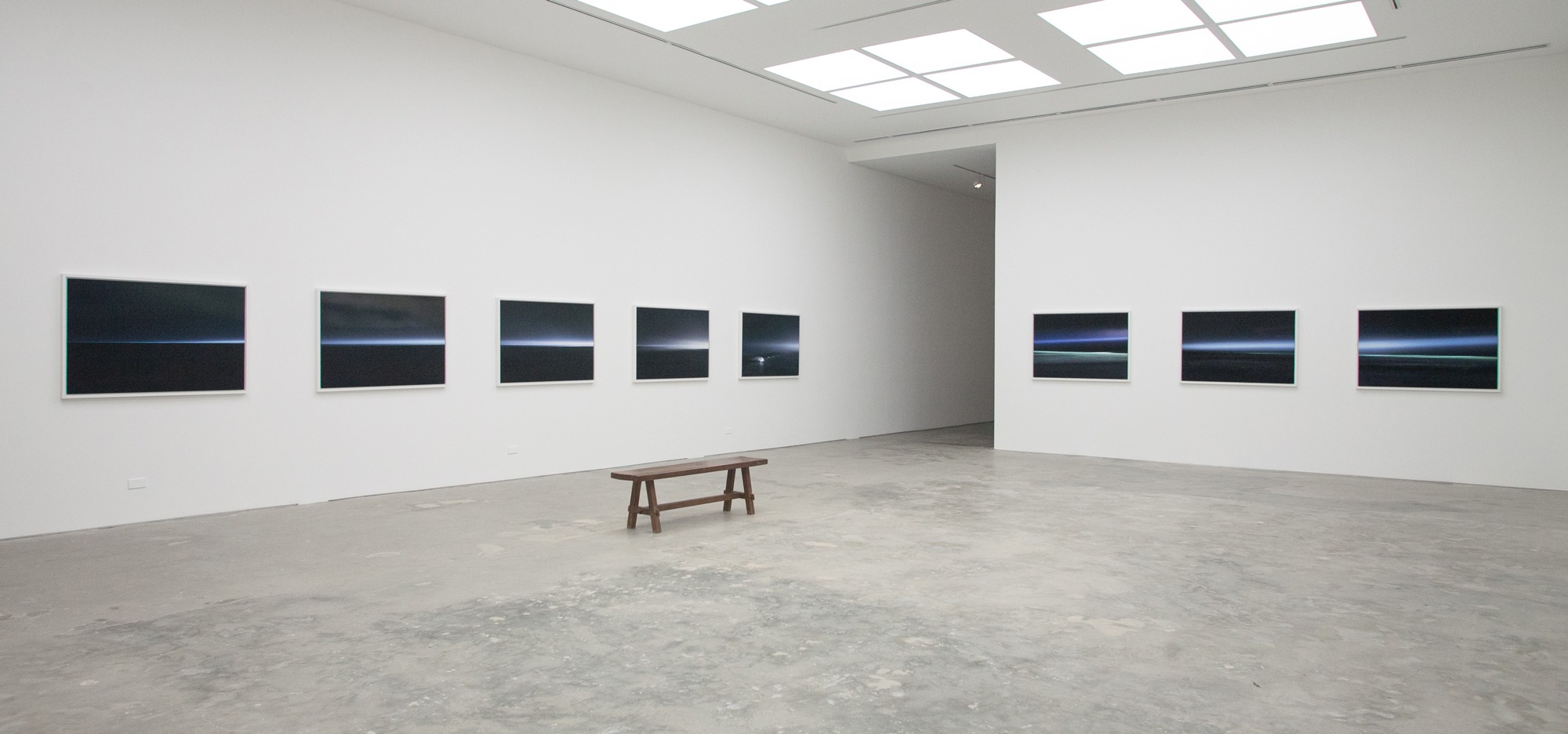
Frank Callaghan, Search/light (2017), installation view at Silverlens Manila.
The series began when Callaghan found himself standing on the shore of an island at night, the moon barely visible and the waters temperate.
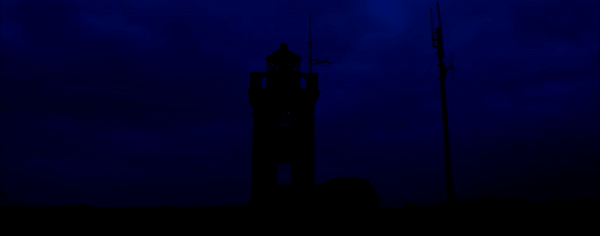
It was then that a light swept over the sea and into the horizon — it was a searchlight. Not a moment later, the light had disappeared, leaving the artist in the dark once more.

It was then that a light swept over the sea and into the horizon — it was a searchlight. Not a moment later, the light had disappeared, leaving the artist in the dark once more.
Such a visceral experience led Callaghan to forge his practice and pin down his process. His method revolved around creating a set of rules to follow, only to push each rule to its limit to see how far he could go before it broke.
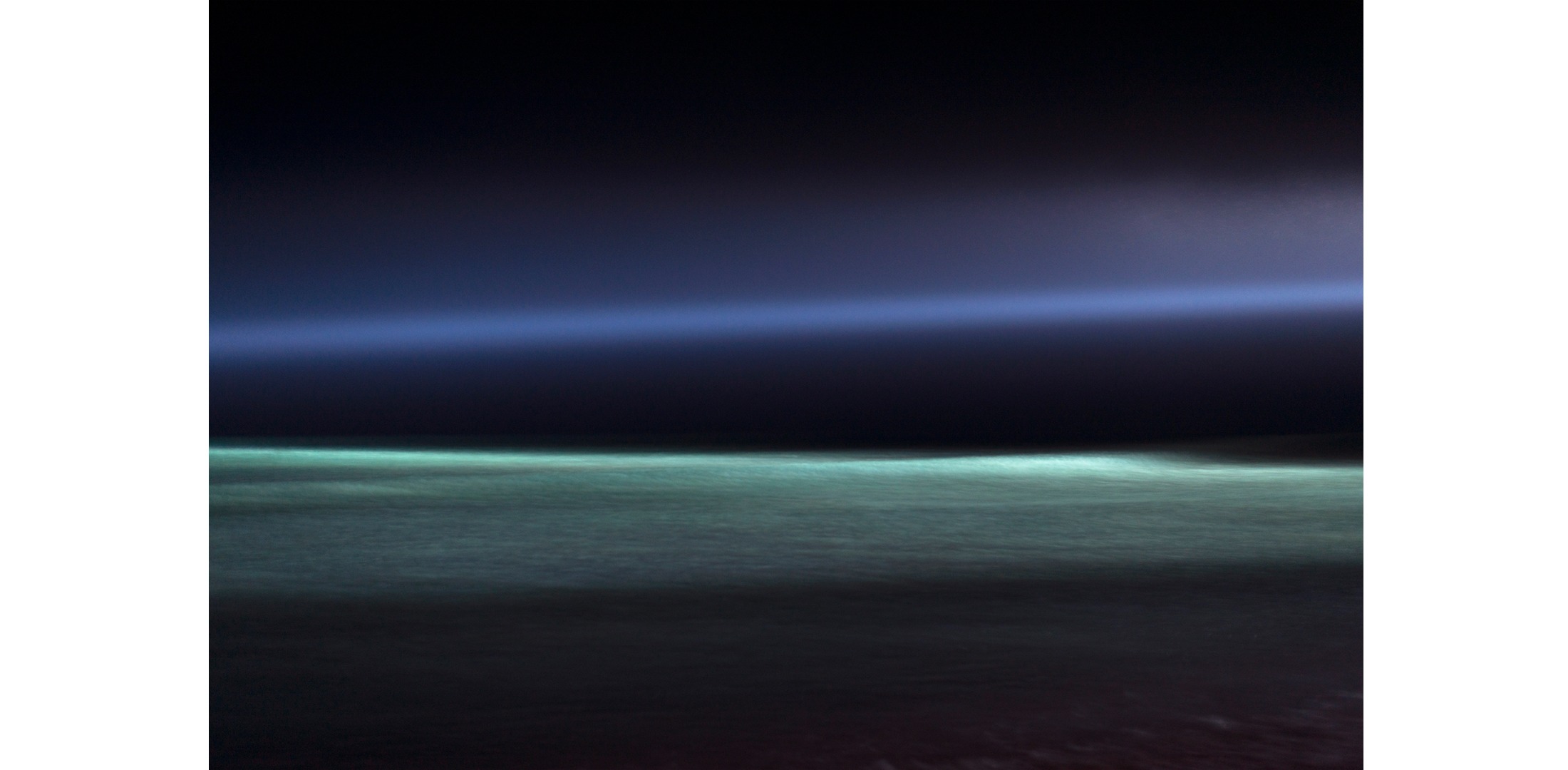
Frank Callaghan, Search/Light 13, 2017. inkjet print mounted on aluminum dibond.
Dead Ends (2014) is another series tied together by rules and constraints, though this time around they were not all self-implemented. This series began in 2013, when Callaghan moved to the UK and spent almost two years living in London.
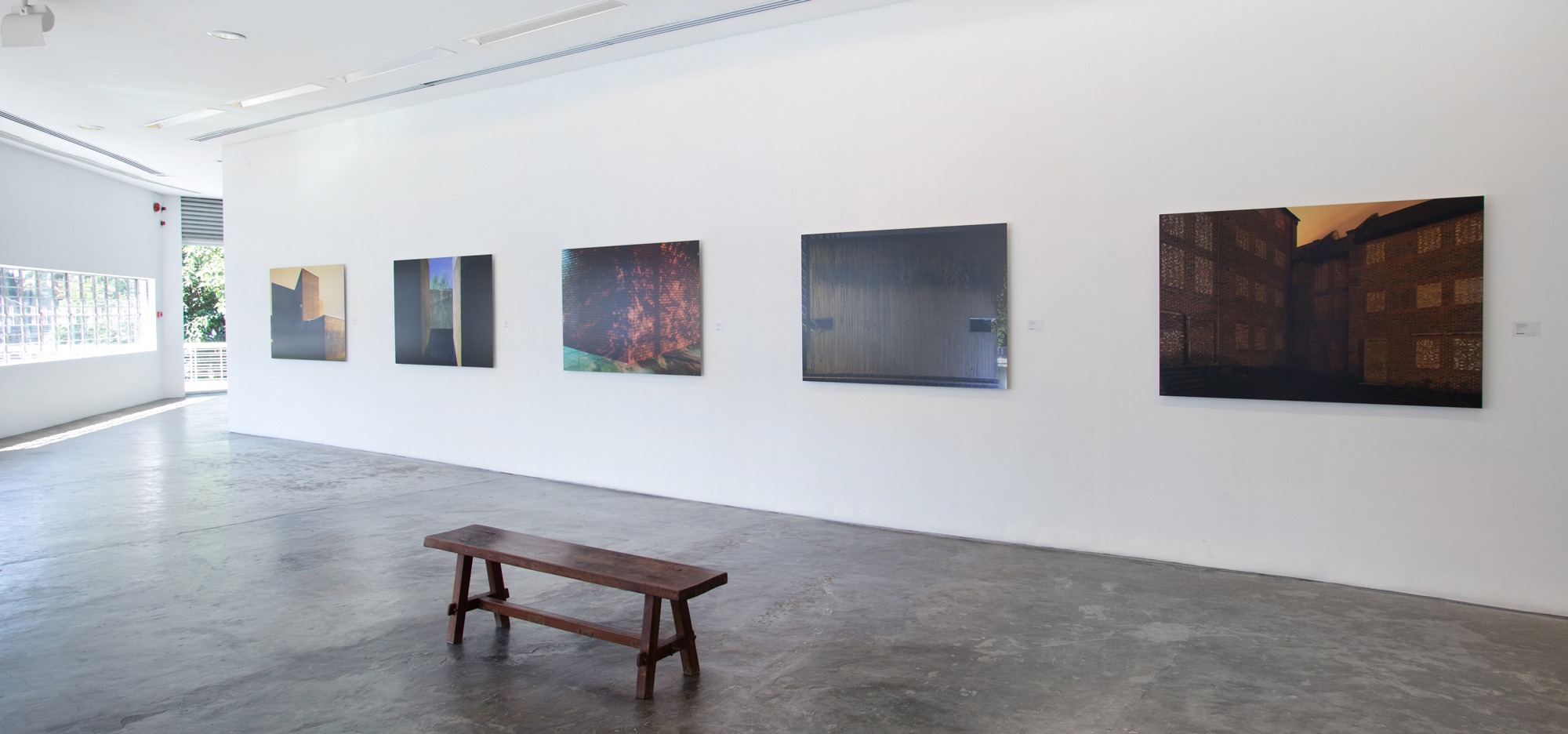
Frank Callaghan, Dead Ends (2014), installation view at Silverlens Manila.
He soon came to realize that this metropolis differed from his hometown of Manila, where he was free to wander as he pleased, through tight eskinitas and crumbling sidewalks, into whatever the night set before his lens.
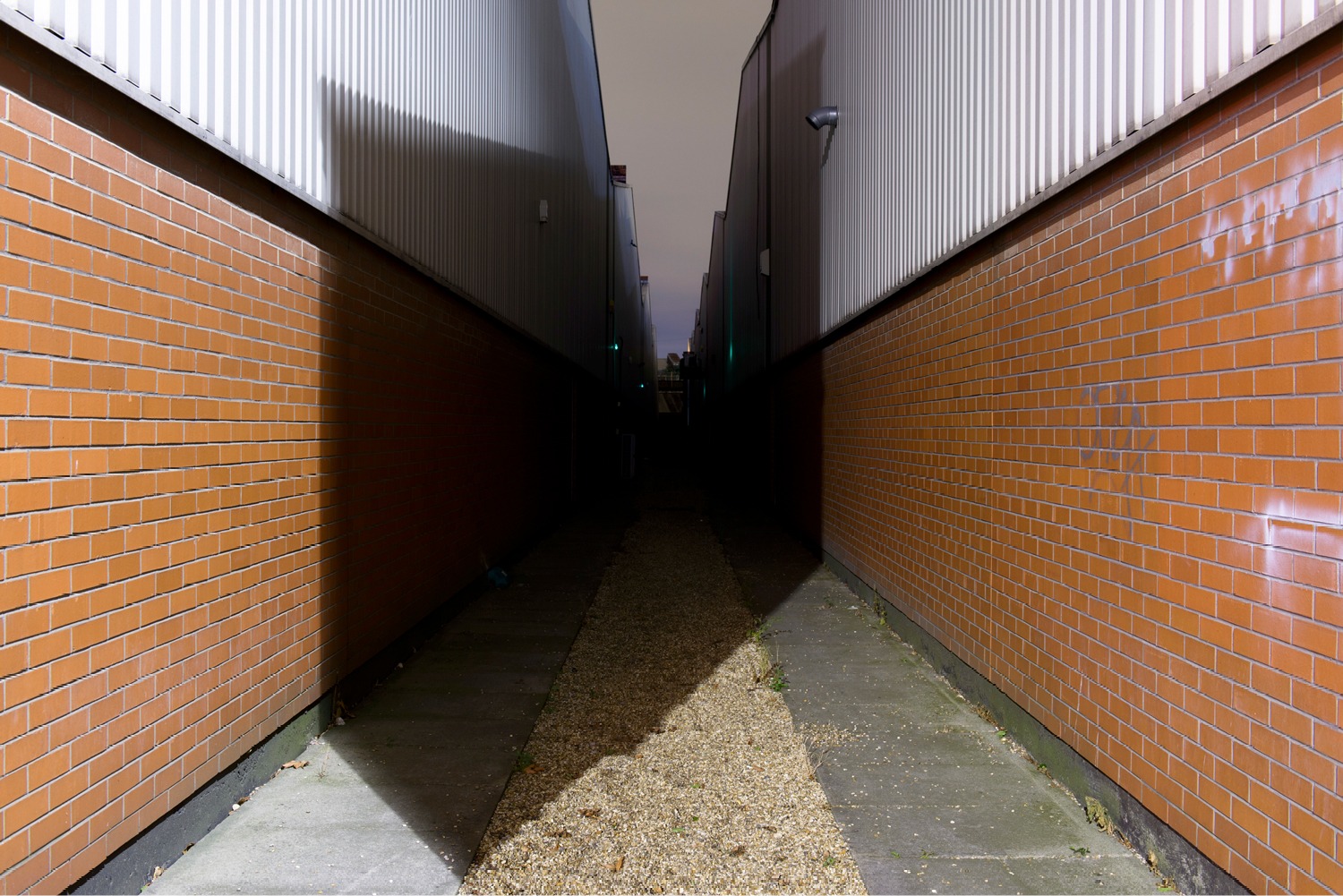
Frank Callaghan, Dead Ends 3130, 2013. Chromogenic print mounted on aluminum dibond.
Here in London, there were laws to abide by, timetables to follow, and conventions to adhere to; walls everywhere.

Frank Callaghan, Dead Ends 3130, 2013. Chromogenic print mounted on aluminum dibond.
Here in London, there were laws to abide by, timetables to follow, and conventions to adhere to; walls everywhere.
It was not long before Callaghan learned to embrace the structure of London, and then place that structure at the heart of his work in Dead Ends. Every closed door, blind alley, and brick wall became a memento of the impermeability of the city.
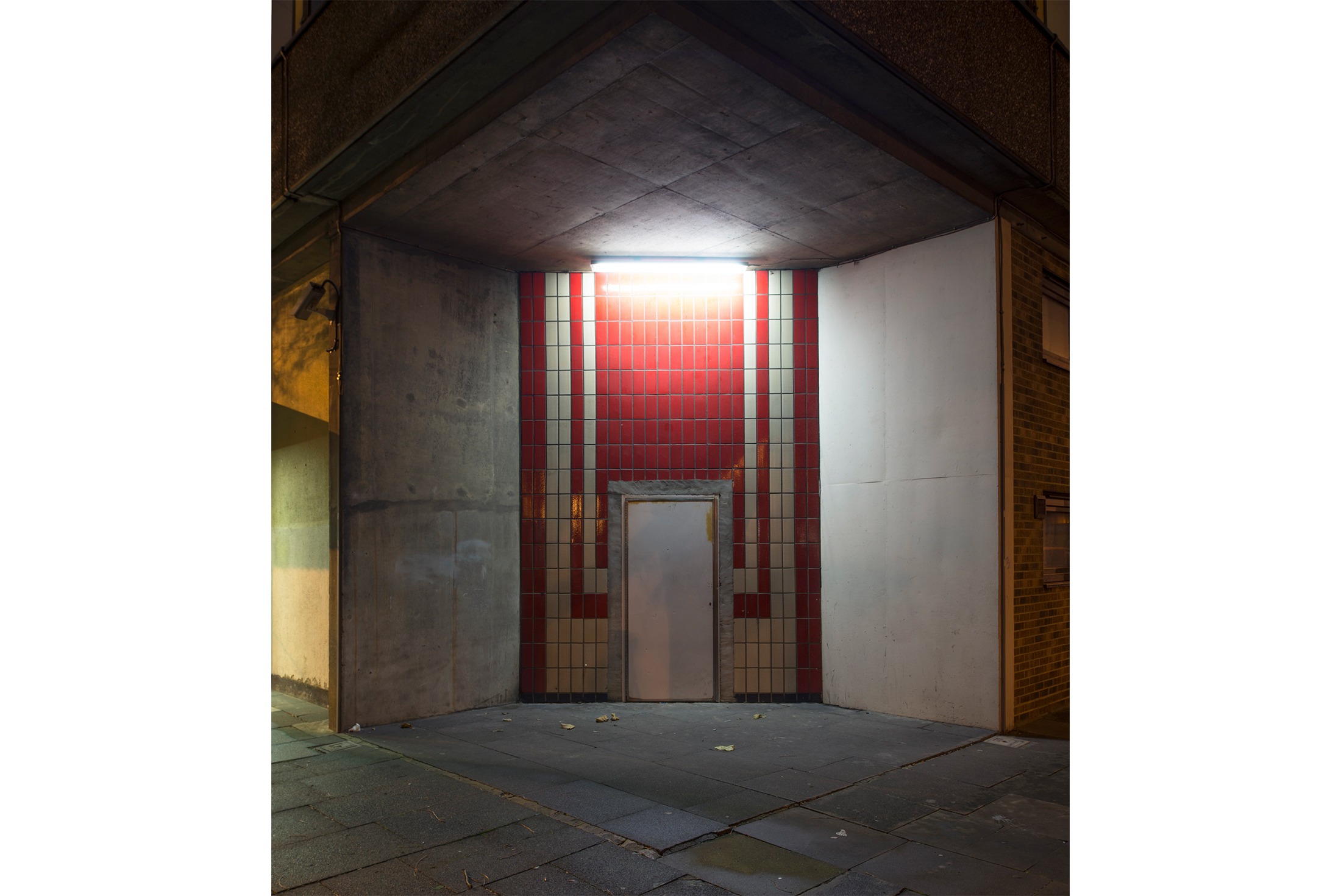
Frank Callaghan, Dead Ends 302, 2013. Chromogenic print mounted on aluminum dibond.
It was in his series entitled Flux (2021) that his practice circled back to the same seashore from Search/Light, using the same process as before. Only this time, he progressed beyond the role of a passive observer.
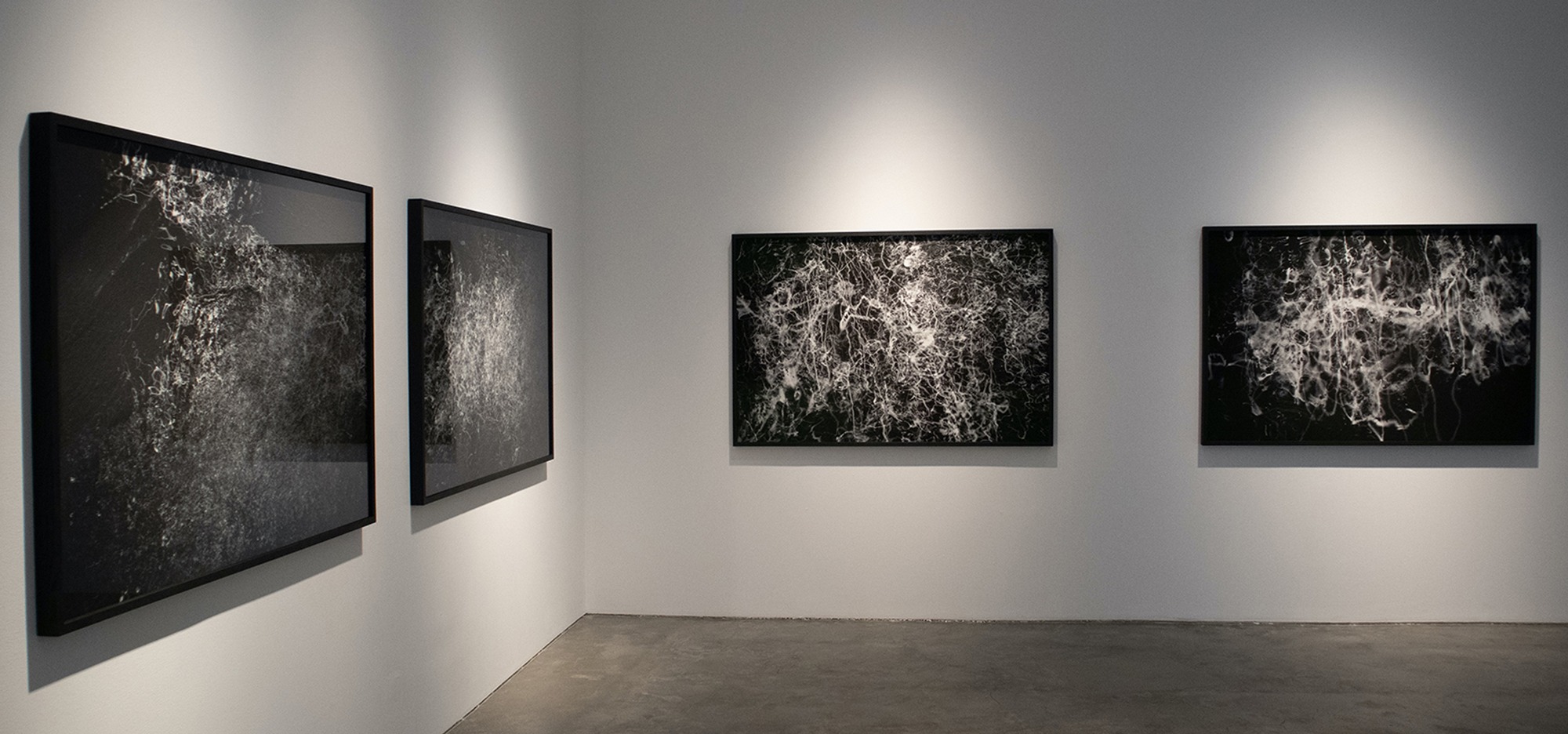
Frank Callaghan, Flux (2021), installation view at Silverlens Manila.
For this suite of works, it was necessary for him to intervene, to become a mechanism in the work itself in order to intentionally and purposefully create disorder within his subject.

Frank Callaghan, behind-the-scenes.
He used various objects to agitate the water: sticks, stones, dripping water, and even apparatus he had MacGyvered himself to create new ripple patterns on the water’s surface.
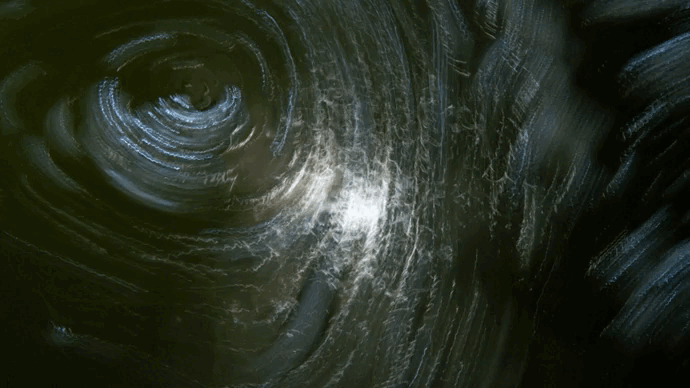
Frank Callaghan, work in progress.
Callaghan repeated this process over the course of several months. What he photographed through his lens was not a simple reflection of moonlight on the water’s surface; he captured the very nature of disruption, of objects and images in a constant state of flux, apropos of the years of the pandemic, when this work was made.

Frank Callaghan, work in progress.
Callaghan repeated this process over the course of several months. What he photographed through his lens was not a simple reflection of moonlight on the water’s surface; he captured the very nature of disruption, of objects and images in a constant state of flux, apropos of the years of the pandemic, when this work was made.
At this point in his practice, Callaghan was no longer simply taking photographs, but instead compressing light, time, and frequencies into a single focal plane.
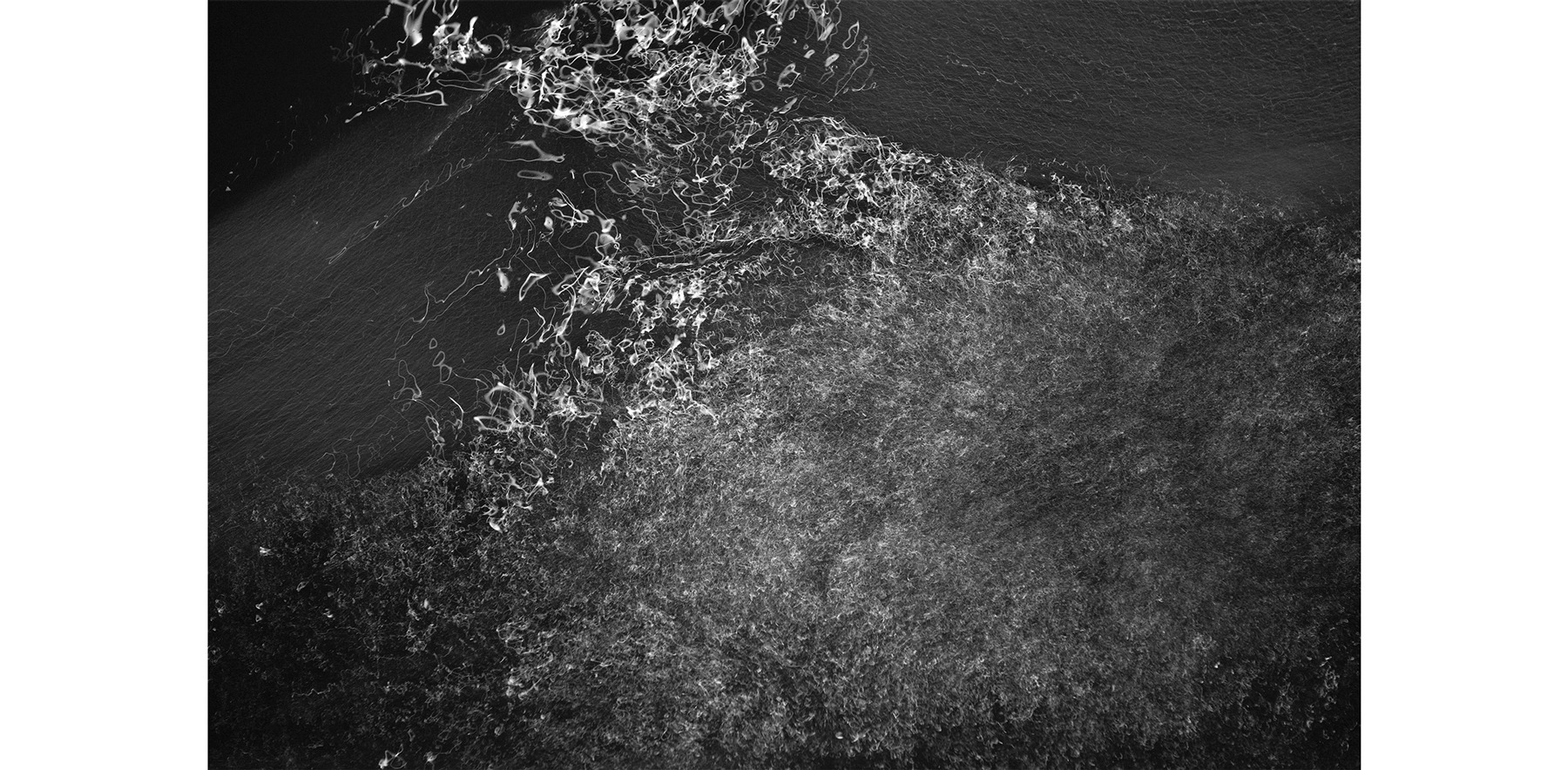
Frank Callaghan, Flux 06, 2020. Giclee mounted and framed with Black-Stained Ash Frame and Non-reflective Art Glass.
About
Frank Callaghan (b. 1980, England) is a Manila-based artist working with photography. His work has been exhibited in Manila, Singapore, Japan, Hong Kong, France, Denmark, and the Unites States. He received the Ateneo Art Award in 2015 for Dead Ends, and was shortlisted for the same award in 2010 for Dwelling and in 2011 for River of Our Dreams. He holds a degree in Economics from the Wharton School of Business of the University of Pennsylvania.
Callaghan works almost exclusively at night, using long exposures to shoot in near darkness. He approaches photography as a language, and is interested in its ability to express ideas that words cannot. His practice explores the nature of photography and its mechanisms, like exposure and compression. For Callaghan, “A photograph is an exposure of a light sensitive material to light, that compresses form, line, colour and shadow to a flat surface. At the same time it can capture and compress energies of other kinds – energies of the artistic process, decisions, traces of memories, emotions, experience, gestures.” Callaghan works in series.
Dead Ends (2014)
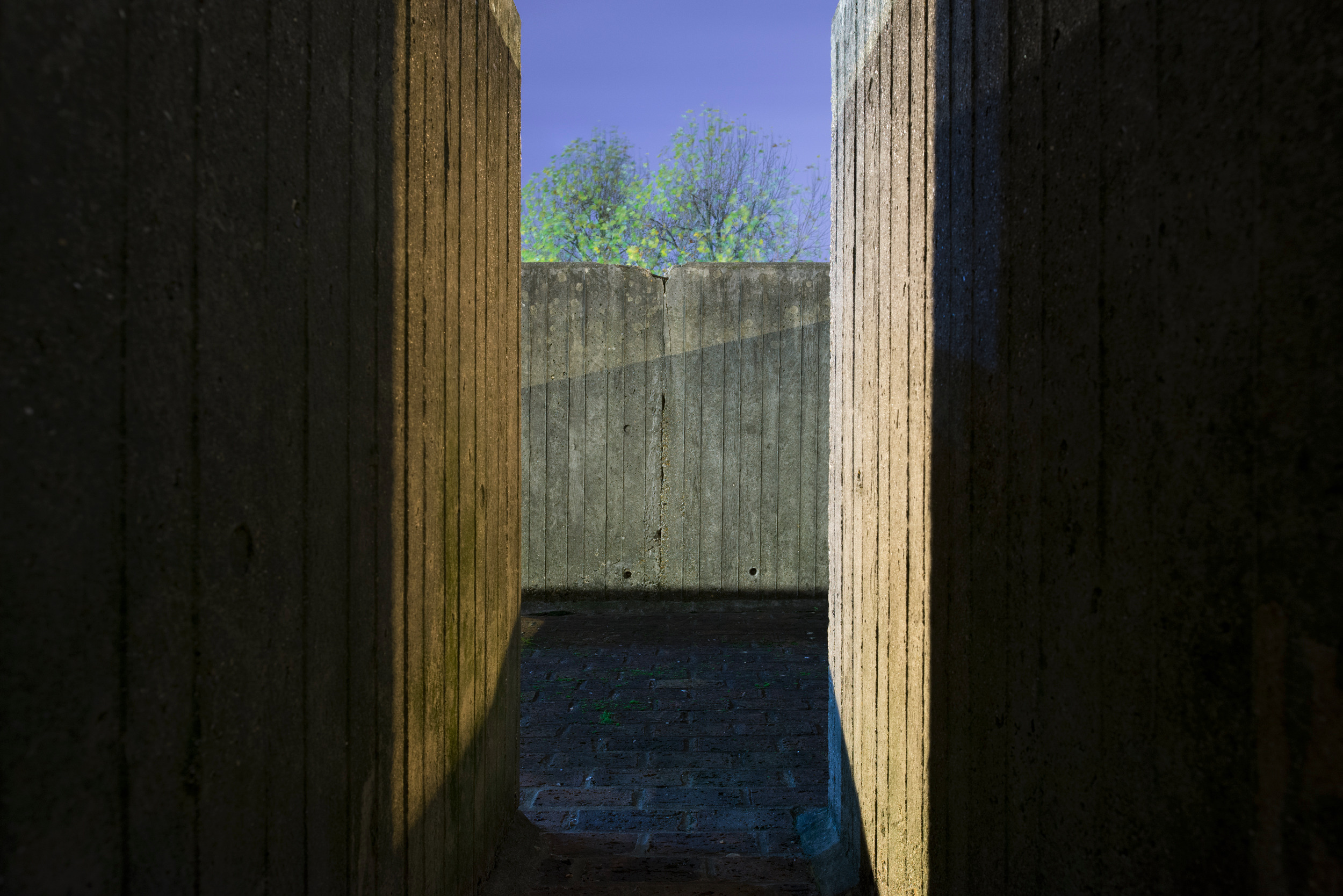
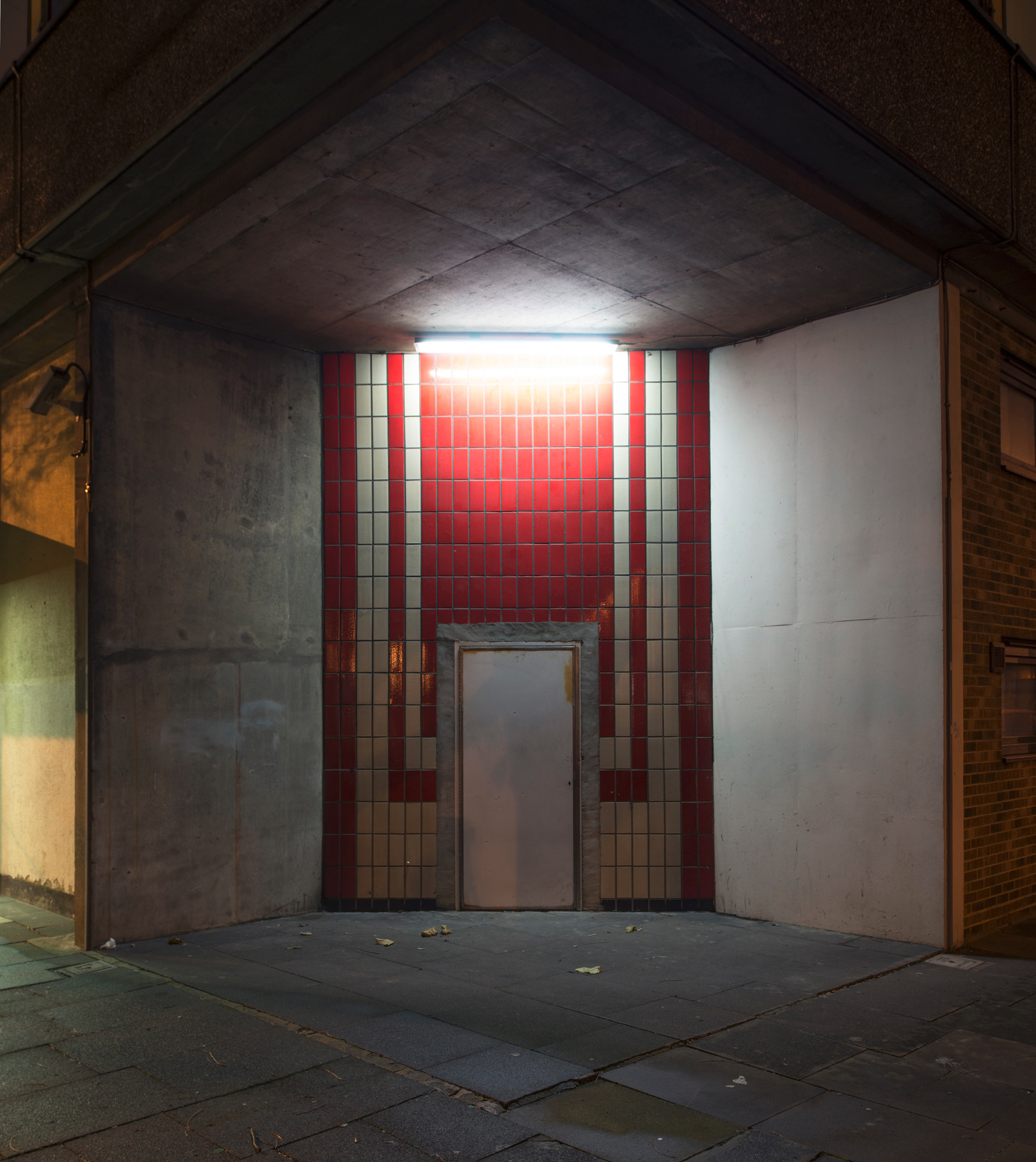
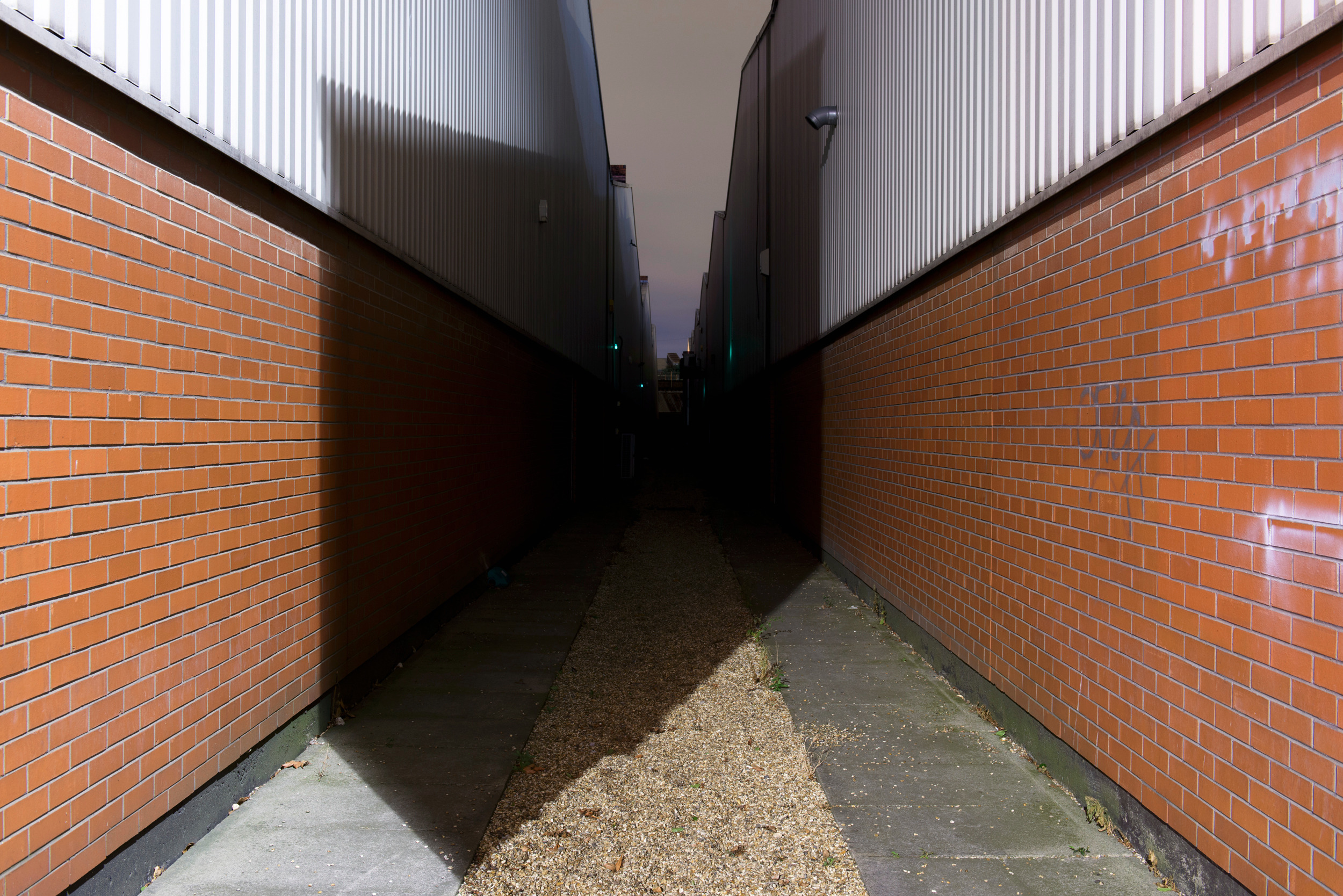
View the rest of the series here
Search/Light (2017)
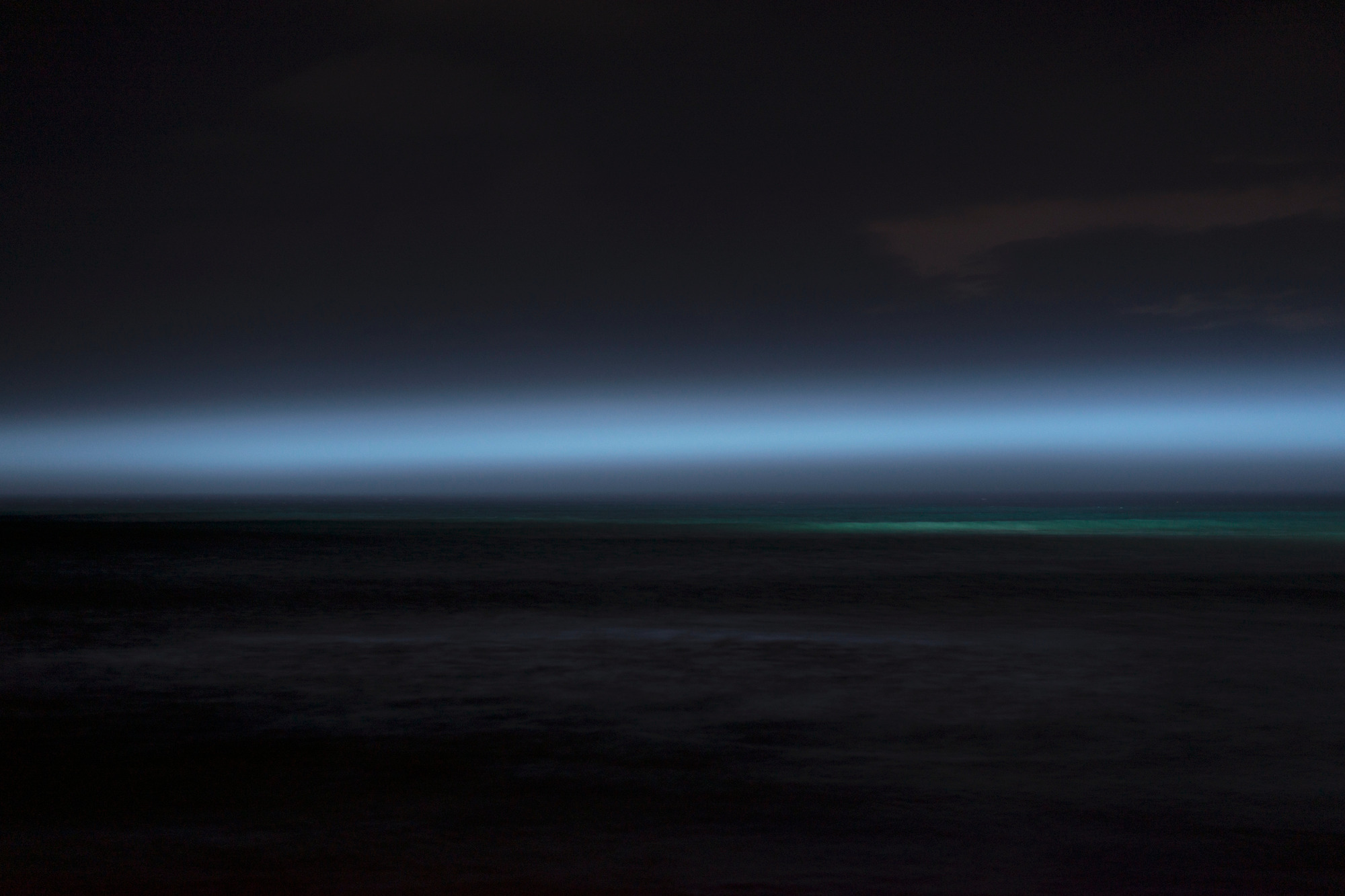
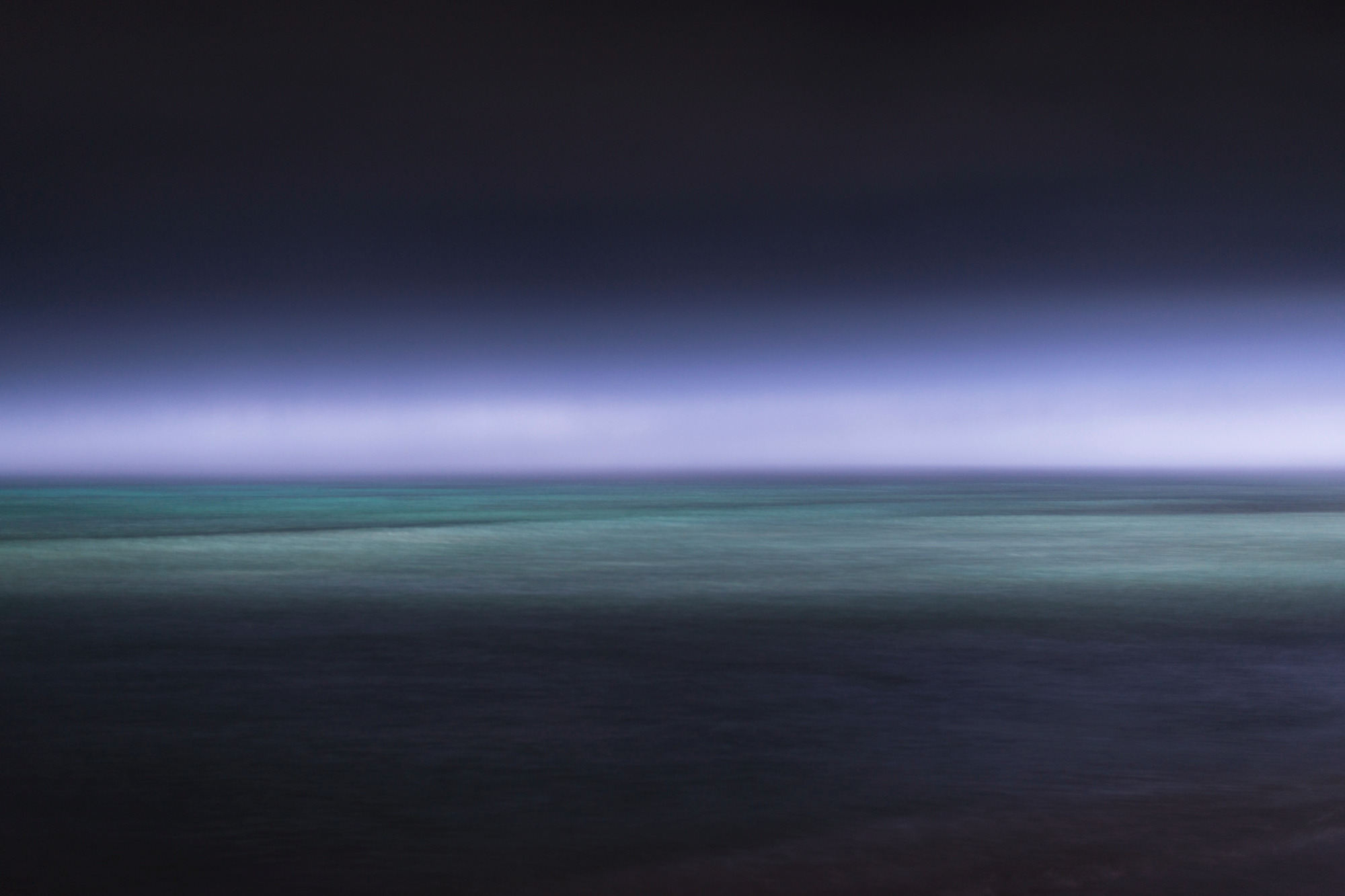
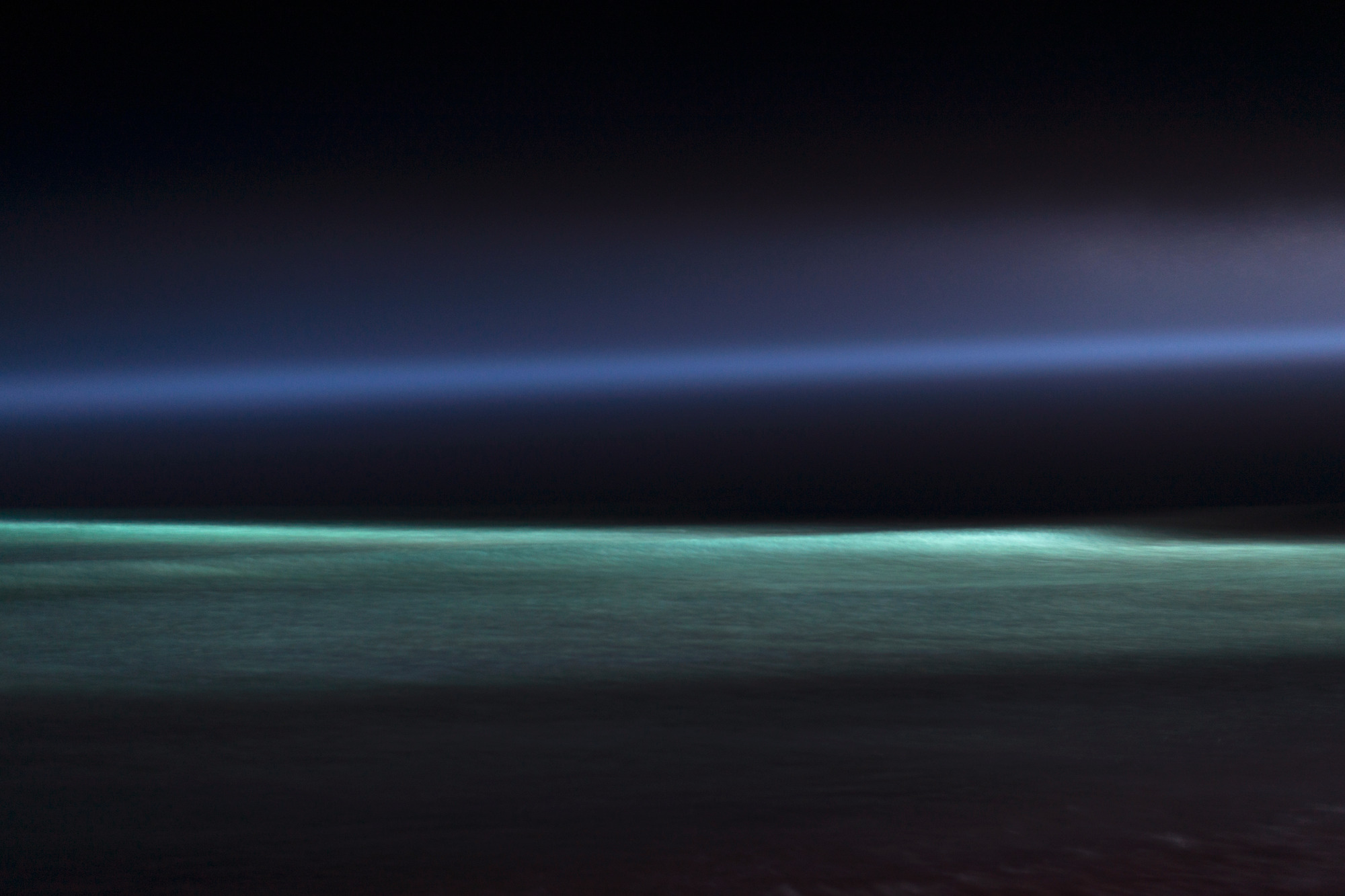
View the rest of the series here
Flux (2021)
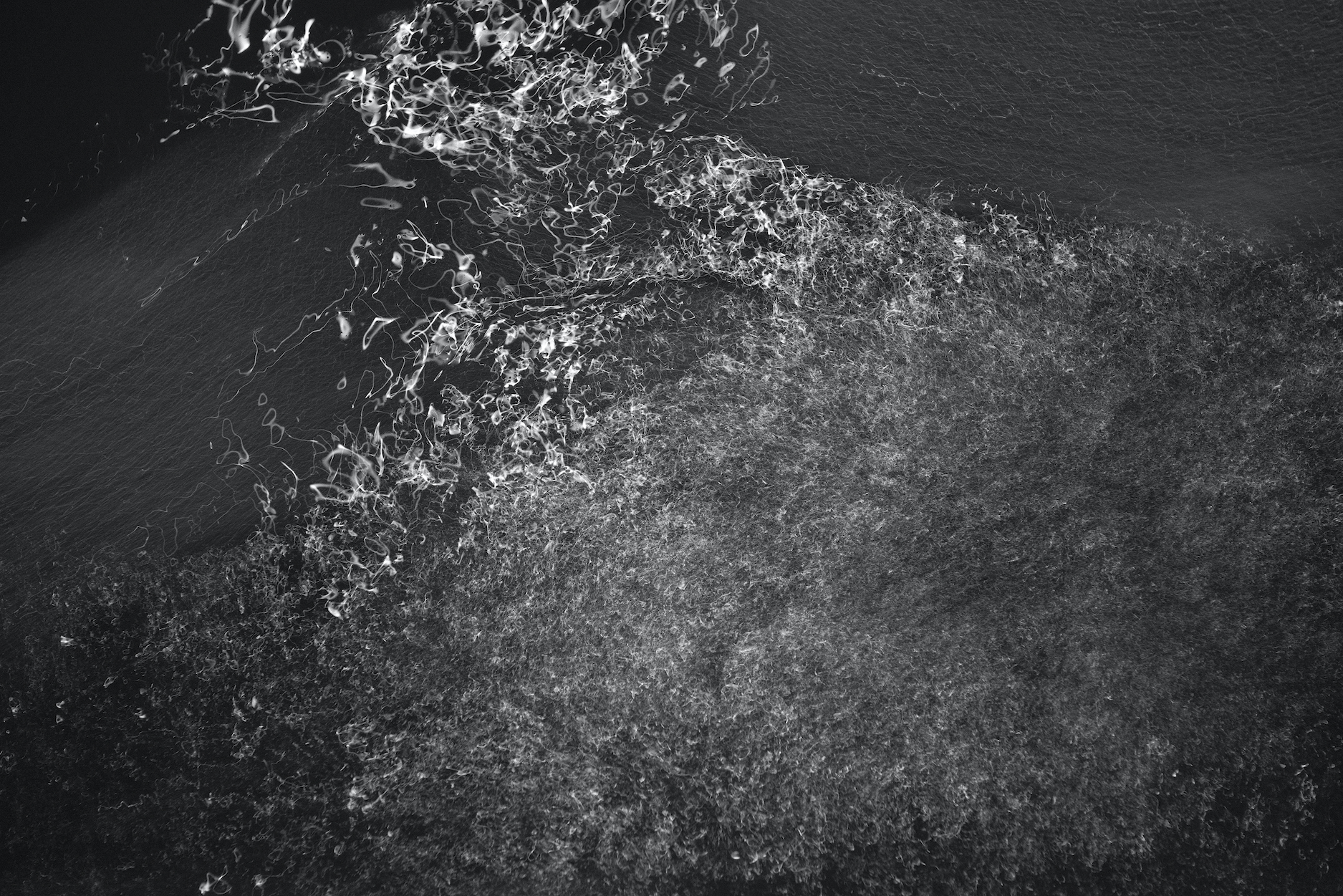
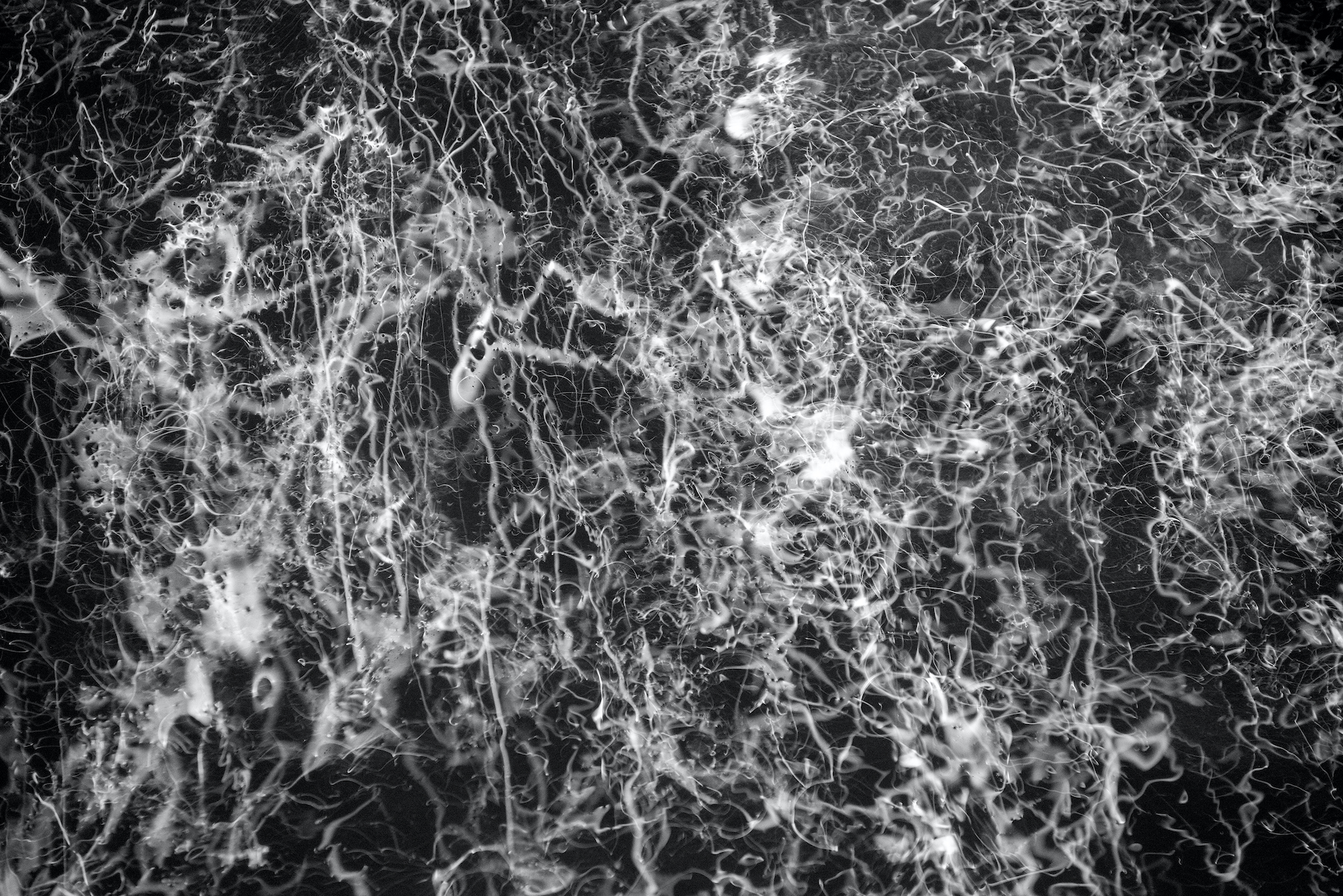
View the rest of the series here